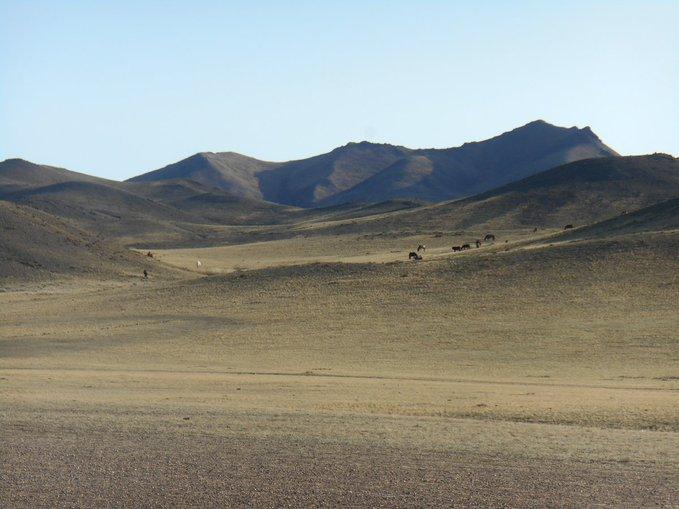
Sand and dust storm frequency increasing in many world regions, UN warns
Sand and dust storms are an underappreciated problem now “dramatically” more frequent in some places worldwide, with at least 25% of the phenomenon attributed to human activities, according to the UN Convention to Combat Desertification (UNCCD).
Accompanied by policy recommendations, the warning comes as a five-day meeting takes place in Samarkand, Uzbekistan to take stock of global progress in the Convention’s implementation. The UNCCD is one of three Conventions originated at the 1992 Earth Summit in Rio de Janeiro. The other two address climate change (UNFCCC) and biodiversity (UN CBD).
“Sand and dust storms present a formidable challenge to achieving sustainable development. However, just as sand and dust storms are exacerbated by human activities, they can also be reduced through human actions,” adds Ibrahim Thiaw, UNCCD’s Executive Secretary.
While sand and dust storms (SDS) are a regionally common and seasonal natural phenomenon, the problem is exacerbated by poor land and water management, droughts, and climate change, according to UNCCD experts.
UNCCD helps governments create policies to promote the scaling-up of sustainable land management practices and to find and use the latest science to develop and implement effective mitigation policies.
Working with The Regional Environmental Centre for Central Asia, UNCCD assists countries vulnerable to drought and sand and dust storms in Central Asia to develop and implement risk reduction strategies at national and regional level. UNCCD encourages countries to adopt a comprehensive risk reduction strategy with monitoring and early warning systems to improve preparedness and resilience to these environmental disasters.
More information here.